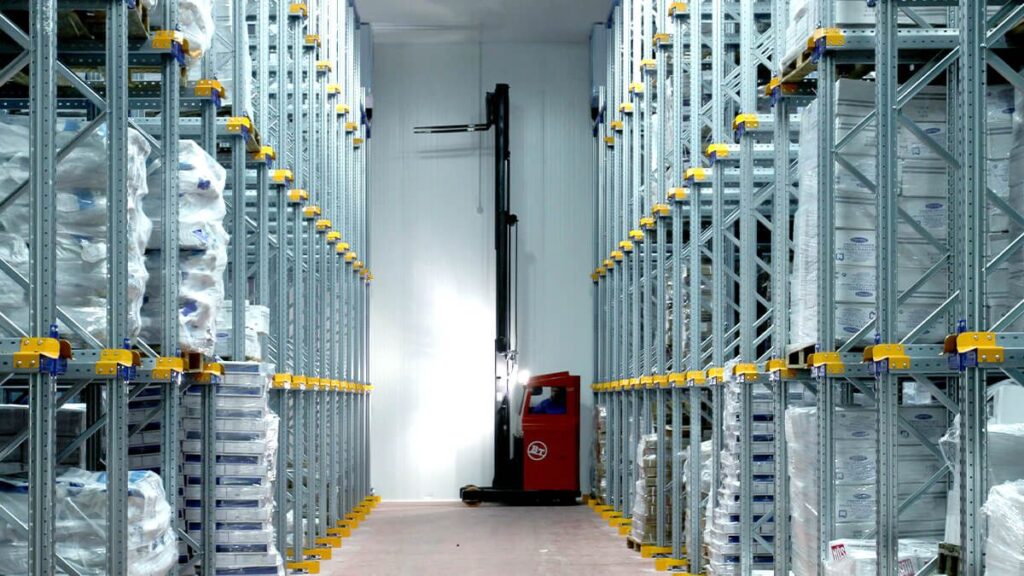Agricultural Water Management: The Impact of Efficient Water Pumps on Farming
The water pump is an essential instrument in the field of the field of agriculture. It can bring life to the land that is barren and play an important part in ensuring that food security is maintained.
Calculate the amount of water required for your farm, excluding the most demanding times. Calculate the flow rate and pressure as well as the energy source.
Irrigation pumps
The irrigation water pump is a crucial component in agriculture. They are employed to remove water from lakes, rivers, or underground reservoirs and deliver it to agricultural fields. Reduces the likelihood of crop losses caused by drought or irregular rain patterns. They also help maintain the level of soil moisture to avoid soil degradation and encourage the uptake of nutrients.
These pumps are typically powered by electricity, but can also be fueled with diesel or petrol. The pumps that rely on fossil fuels tend to be temporary and require periodic maintenance by mechanics. Carbon dioxide also gets generated, which reduces the air quality and contributes towards climate changes. Electric-powered pumps have a longer lifespan and lower costs of operation, which makes them a more sustainable option for agriculture.
The choice of the pump you pick will depend on the amount of water you’ll need to move and the level of pressure needed. The majority of irrigation pumps are centrifugal. This means that they use a casing and an impeller to spin the water. Multistage pumps include more than one impeller to increase flow and pressure.
The best irrigation water pumps provide precise and consistent water distribution that reduces runoff and evaporation. They also enable farmers to keep track of their water usage and improve their overall cultivation methods. Moreover, they can enhance crop yields by improving the overall health of plants and increasing uniformity.
Solar powered water pumps
Solar-powered pumps offer a sustainable and reliable alternative to traditional pumps that are powered by fuel or electricity. systems. Water pumps powered by solar energy are an excellent alternative for rural areas that do not have electricity access. They are also a good option in areas with high solar radiation, like Africa.
Solar energy is used to power these pumps and it’s available all of the year. They are therefore a good option for farmers looking to reduce their energy bills. They also require minimal maintenance and can provide significant long-term savings. They are also more environmentally friendly than conventional pumps that release greenhouse gases during the production process.
The photovoltaic cells convert the radiant energy from the sun into direct current (DC) power to run the pump motor. Inverters are used for pump motors that require alternating current rather than DC.
Solar irrigation is becoming popular in Yemen where the civil conflict and the high cost of fuel have made it difficult for water pumps to be powered by diesel. It’s unclear how this could help ease the country’s water crisis. According to Balasubramanya’s research, investments in solar irrigation must be accompanied by measures to monitor the level of groundwater and encourage farmers to minimize their usage of groundwater. This will help prevent further depletion of the aquifers in the region and make sure that agriculture becomes profitable for more people.
Agriculture and water management
Water pumps are unsung heroes in the modern world of agriculture. They help in the distribution of an essential source of water that feeds livestock and crops. Agriculture operations would be greatly restricted without these pumps. This crucial technology could reduce the effects of water scarcity which allows farmers to grow higher yields and implement more sustainable practices.
Agriculture’s water management involves various tools used to optimize irrigation and water distribution. The first step is to determine the total demand for water on the farm. It is important to determine the frequency and duration of irrigation for different crops. This involves determining the highest demand for water during crucial times of irrigation. It is essential to select a pump capable of meeting the demand without overstressing the irrigation system or the equipment.
There are a variety of pumps available for use in agriculture, including self-priming and solar-powered models. When selecting a water pump bom cuu hoa, you should consider its chemical compatibility and the specifics of the water source. Certain chemicals, such as could cause corrosion of certain components of the pump as well as materials. This can cause blockages as well as other issues, and require regular maintenance to ensure efficiency. The performance of the pump could be a significant influence on operating costs and performance. Avoiding oversizing and using variable speed drives can aid in this.
Pumps for groundwater
Utilizing pumps for water in agriculture enables farmers to harvest groundwater for irrigation, eliminating the requirement to depend on erratic rainfall patterns. This enables farmers to plant more crops and increase crop yields, and reduce the chance of low levels of soil moisture. The use of water pumps in agriculture also reduces the need for carbon-based fuels and contributes to the environmental sustainability.
The right pump installation can allow farmers to be more flexible in their agricultural methods. They can try out high-value crops and broaden their crop rotation strategies to enhance the soil’s health. The result is an improved farming system that is able to adapt to environmental and market changes.
Irrigation water pumps permit the accurate distribution of nutrient solutions over agricultural fields, improving the absorption of nutrients and decreasing fertiliser requirements. The use of water pumps also facilitates fertigation, which involves the simultaneous application of fertilisation and irrigation to maximize the effectiveness of the procedure.
Water pumps for irrigation are essential in sustainable agricultural irrigation systems since they reduce the effect on groundwater resources by making sure that the amount of water pumped does not exceed the extraction quota set by the Department. However, it is important that farmers familiarise themselves with local department guidelines and extraction limitations prior to using pumps for water in their farming operations. If you don’t adhere to the guidelines, you could be fined or face legal action.




